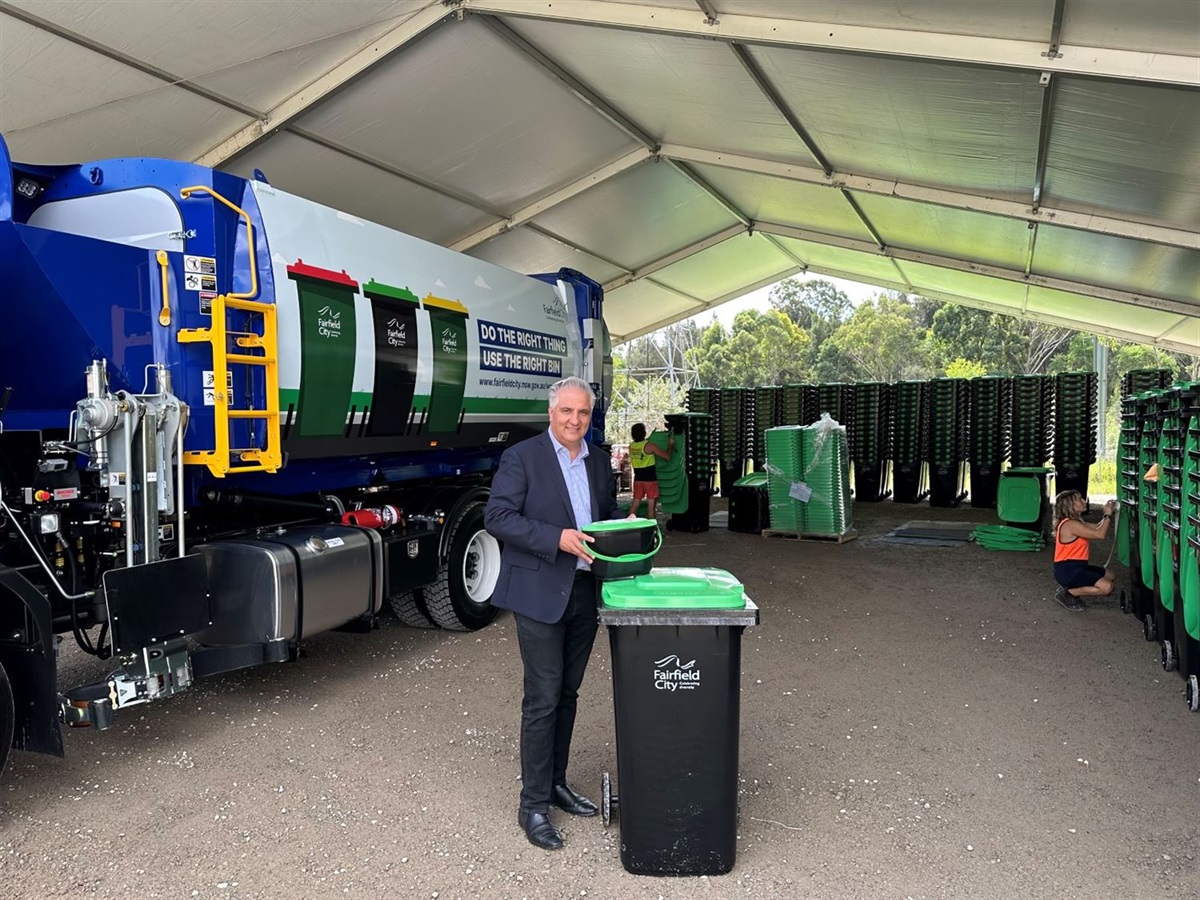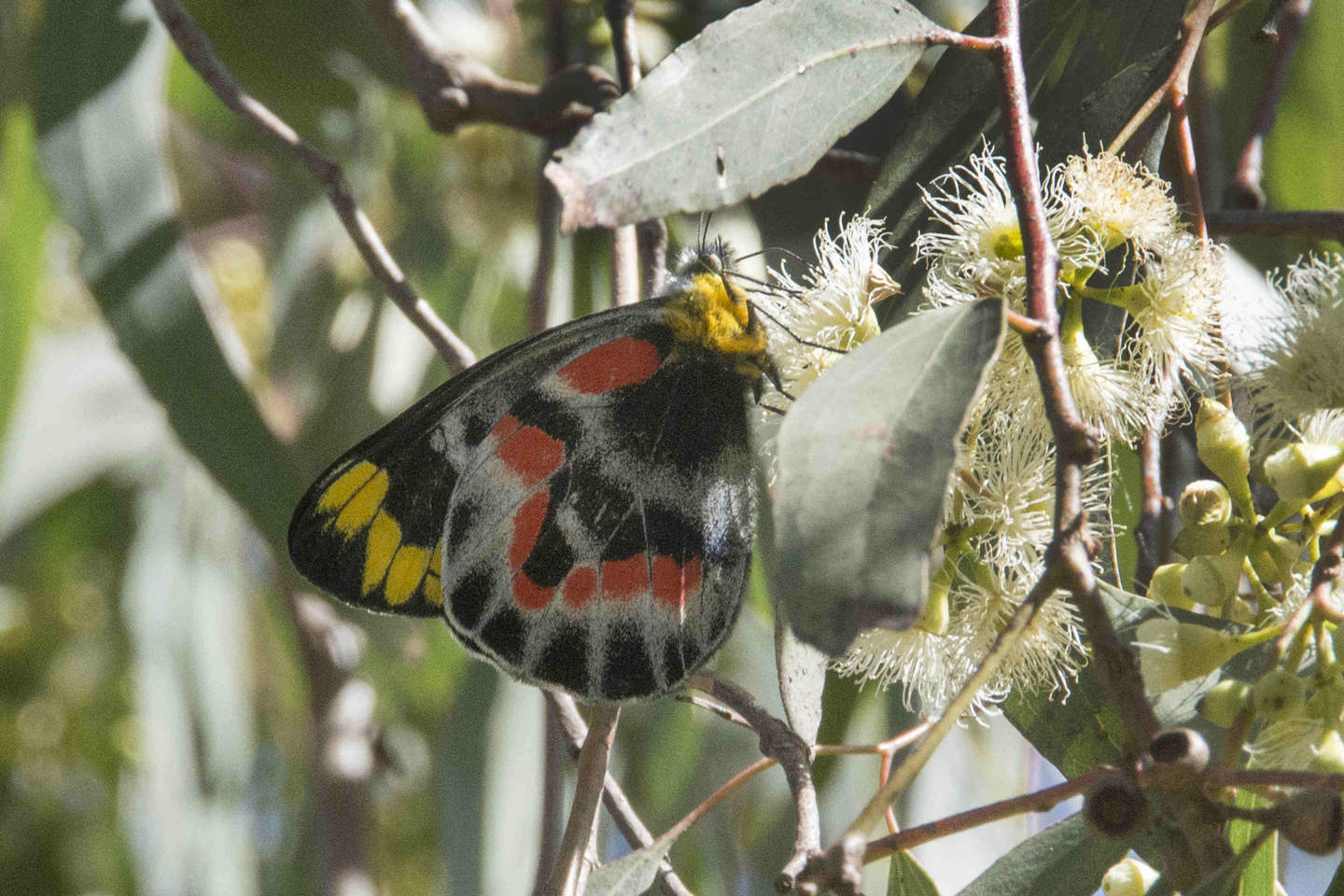What if we could help threatened wildlife better adapt to the intractable threats many species are facing from challenges like climate change and disease?
The United Nations has warned that about a million animal and plant species are at risk of extinction. In response, conservation breeding programs are ramping up to boost and protect populations.
The problem is that while conservation breeding can prevent extinction, it doesn’t allow threatened species to survive in the wild in the face of these difficult to mitigate threats.
So, while it is critical that we address climate change and diseases, we also need to be urgently looking at way to make it easier for species to live with the threats.
This is where Targeted Genetic Intervention (TGI) comes in.
TGI works by adapting methods that are successfully used in agriculture and medicine in which an individual’s genetics are tweaked in ways that, when passed on to the wider population through breeding, can change the traits of a species to improve its survival.
Two of the most promising approaches in this toolkit include artificial selection and synthetic biology.
Artificial Selection
Artificial selection has been used for thousands of years in animal and plant breeding to produce pets, farm animals and agriculture crops with desired features.
This has led to the development of many of the animals and plants we now rely on for food or companionship like dairy cattle, rice and Golden Retrievers.
These approaches were even lauded by English naturalist Charles Darwin for their astonishing ability to generate from wolves our domesticated dogs – which are as different as Chihuahuas and Great Danes.
Today, advances in genomic approaches have made artificial selection methods considerably more sophisticated than in Darwin’s day. We can now use genomic information to predict what traits an animal will have with an approach known as genomic selection.
Genomic selection may be a game changer for endangered wildlife because it allows for the development of informed breeding strategies that promote adaptation.
It works by first understanding and identifying what genetic features make members of a species more adapted to an environment or threat than others. This is usually done by exposing individuals in a reference population to the threat (like heat stress or infectious disease) and then measuring their response.
We then look for genes that are present in individuals that resist and survive the threat. This genetic information can be used to predict which animals in the breeding population are better adapted to survive a given threat based on their own genotype.
Over time, the use of genomic selection as a breeding strategy can increase the average ability of these individuals in the breeding population to survive by promoting adaptation in captivity.
The ability to use this sort of genomic prediction data based on discrete groups of individuals is a major advantage because it means that risky activities, like exposing a population to a disease or other infection as part of a trial, can be performed separately in laboratories away from the critical breeding populations.
Synthetic Biology
Synthetic biology is newer and more controversial than artificial selection. It includes methods like transgenesis and gene editing.
While these methods frequently figure in science fiction and are sometimes feared for their unintended consequences, the real science of synthetic biology is gaining traction in the conservation community due to its many benefits.
Additionally, a recent public opinion survey conducted by the Commonwealth Scientific and Industrial Research Organisation (CSIRO) indicates that the public are moderately-to-strongly supportive of use of synthetic biology approaches for conservation.
Synthetic biology can be used to introduce lost or novel genes and tweak specific genetic features of an organism without changing other characteristics, which often occurs with less targeted approaches like artificial selection.
Transgenesis does this by incorporating foreign DNA from a different species into the genome. Gene editing is more subtle and works by inducing the organism itself to knock out or replace targeted genes.
American Chestnut trees, corals and black-footed ferrets are just some of the species that synthetic biology methods are currently being trialled to assist with restoration. American Chestnut trees, in particular, are a great success story for the use of synthetic biology for conservation.
This species was driven to virtual extinction in North America after the introduction of the Asian Chestnut Blight fungus in the late 1800s.
Various approaches have been tested to increase resistance to this pathogen with varying degrees of success, but since the tree lacks natural resistance, the most effective approach to date has involved using transgenesis to introduce a new disease-tolerant gene from wheat.
This has produced American Chestnut trees that appear to be blight tolerant. Trial plantings of these trees in American forests may soon start, pending regulatory approval.
What comes next?
My research group at the University of Melbourne was recently awarded grants from the Australian Research Council (here and here) to test TGI approaches in various Australian frogs vulnerable to extinction.
Many frogs in Australia and globally are threatened by the devastating fungal disease chytridiomycosis. This disease is caused by the introduced fungus Batrachochytrium dendrobatidis and unfortunately few options exist for restoring frogs susceptible to this disease to the wild.
We are working with various institutions including Zoos Victoria and the Taronga Conservation Society to investigate if TGI approaches can be used to increase chytridiomycosis resistance in Australian frogs.
We are currently working on the iconic Southern Corroboree frog (Pseudophryne corroboree) and, in the next few years, we intend to add additional species like the Green and Golden Bell frog (Litoria aurea) and Northern Corroboree frog (Pseudophryne pengilleyi).
It’s imperative that we as a community investigate the application of TGI approaches for conservation as in some cases they may be the only way to restore a species in the wild.
But with this comes the responsibility of the public, government and scientists to not only fund research on TGI, but to also make sure that it is done responsibly with careful consideration to all entities impacted and with proper evaluation of all potential risks.
Since TGI for conservation is a new concept, species modified by TGI should be evaluated to ensure that induced genetic changes increase survival and that the organisms pose no risk to the environment by occupying a different niche or position in the food chain.
Given the scale and seriousness of the challenge in conserving our wildlife, and given the established efficacy of TGI, it’s an approach that we can’t afford to ignore.
The ideas introduced in this article are discussed in more detail in our recent article in the journal Trends in Ecology and Evolution. Dr Kosch’s co-authors are Anthony W. Waddle, Dr Caitlin A. Cooper, Professor Kyall R. Zenger, Professor Dorian J. Garrick, Associate Professor Lee Berger, and Professor Lee F. Skerratt.








